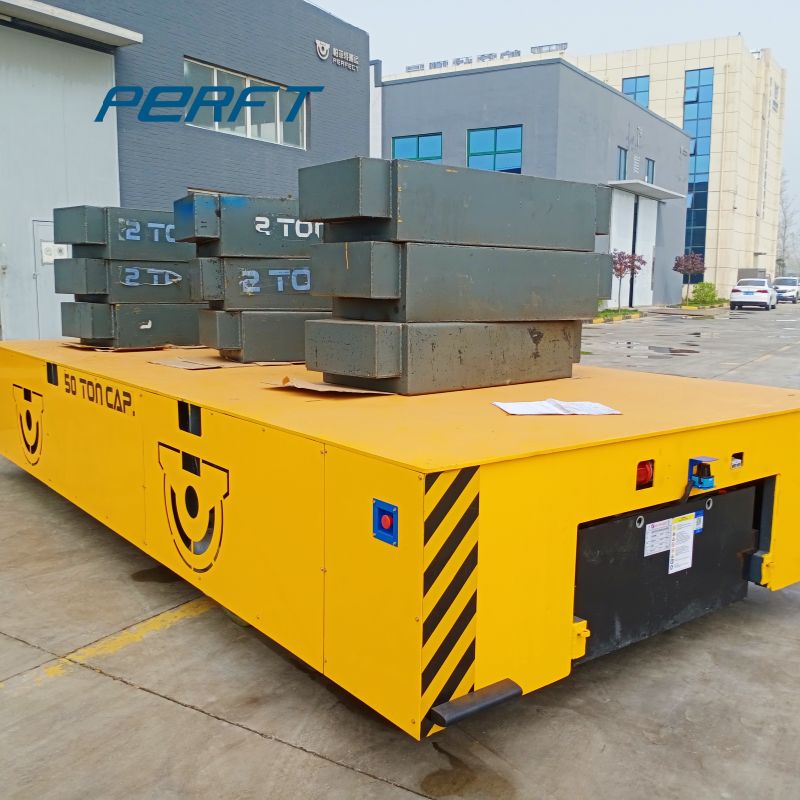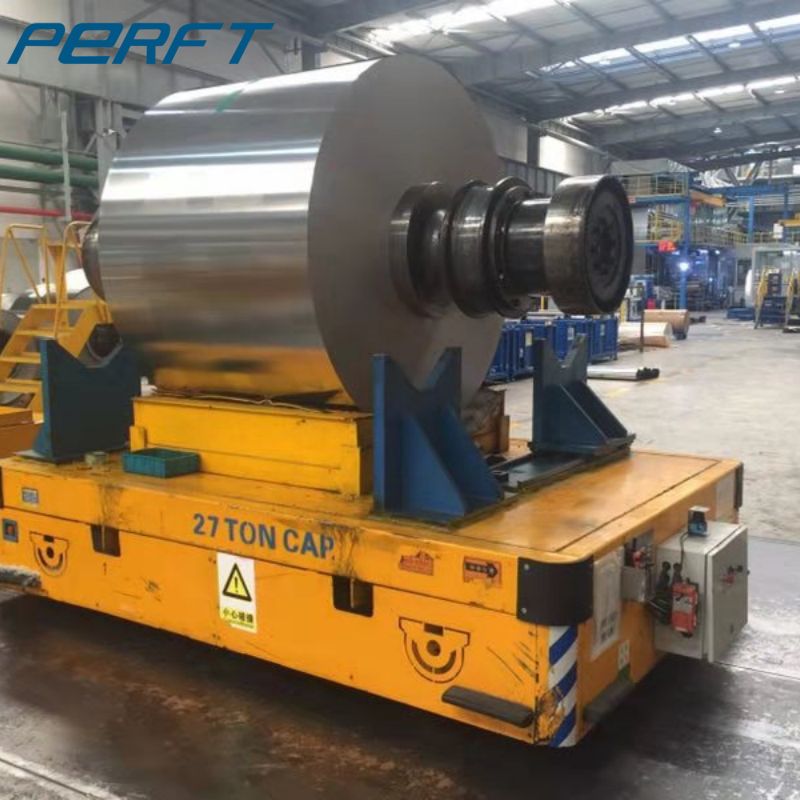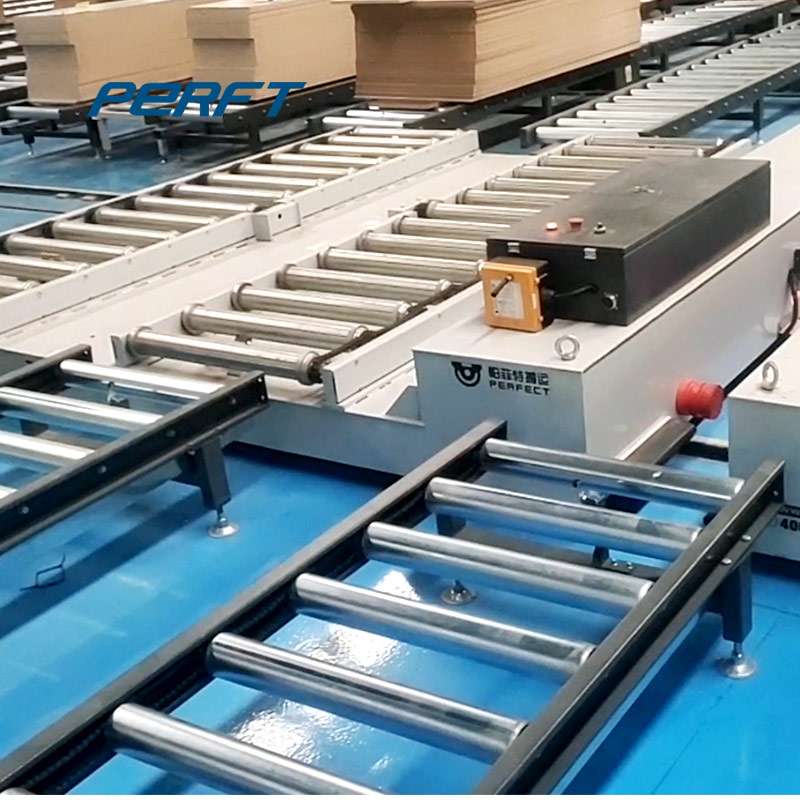Introduction To Omni-Directional Transfer Carts
Omni-directional transfer carts are specialized material handling equipment designed to transport heavy loads with maximum maneuverability in any direction. These carts utilize advanced technology and unique wheel configurations to move in multiple directions, including forward, backward, and sideways, and even rotate on the spot. Omni-directional transfer carts offer numerous benefits in terms of efficiency, flexibility, and improved material handling in various industries.
The Function and Importance of Omni-Directional Transfer Carts
Omni-directional transfer carts are specifically designed to overcome the limitations of traditional transfer carts that can only move in a straight line or along predefined tracks. By utilizing advanced wheel configurations and control systems, these carts provide enhanced maneuverability, allowing them to navigate through tight spaces, narrow aisles, and complex layouts. This ability to move in any direction significantly improves the efficiency and productivity of material handling operations in industrial settings.
Advantages of Omni-Directional Transfer Carts
Omni-directional transfer carts offer several advantages over conventional transfer carts or forklifts. Some key benefits include:
Enhanced Maneuverability
The primary advantage of omni-directional transfer carts is their exceptional maneuverability. With their unique wheel configurations and control systems, these carts can move effortlessly in any direction, making them highly suitable for environments with limited space or complex layouts. They can navigate around obstacles, turn in tight corners, and move with precision, ensuring efficient and smooth material transport.
Flexibility in Path and Direction
Unlike traditional transfer carts that are limited to predetermined paths or straight-line movements, omni-directional transfer carts provide the flexibility to change their path and direction as needed. This adaptability enables seamless integration into existing workflows and facilitates efficient material flow within the facility. The carts can be easily reprogrammed to follow different routes, making them versatile and adaptable to changing operational needs.
Efficient Material Handling
Omni-directional transfer carts optimize material handling processes by reducing the time and effort required for transportation. Their ability to move in any direction eliminates the need for complex maneuvering or repositioning of loads, resulting in faster and more efficient operations. The carts can transport heavy loads with ease, reducing manual labor and minimizing the risk of injuries associated with manual material handling.
Reduced Downtime
The maneuverability and flexibility of omni-directional transfer carts contribute to reduced downtime in material handling operations. These carts can quickly and efficiently transport materials between different workstations, assembly lines, or storage areas, minimizing waiting times and improving overall workflow. The ability to change direction on the spot and navigate tight spaces eliminates the need for time-consuming detours or repositioning of loads.
Applications of Omni-Directional Transfer Carts
Omni-directional transfer carts find applications in various industries where efficient and flexible material handling is crucial. Some common sectors that benefit from these carts include:
Manufacturing Facilities
In manufacturing facilities, omni-directional transfer carts are used to transport materials, components, and finished products between different stages of production. The carts facilitate efficient material flow, streamline assembly processes, and contribute to overall productivity.
Warehouses and Distribution Centers
In warehouses and distribution centers, omni-directional transfer carts enable the efficient movement of goods within limited spaces. They can navigate through narrow aisles, allowing for better space utilization and maximizing storage capacity. The carts also facilitate the loading and unloading of materials from shelves or conveyor systems.
Automotive Industry
The automotive industry extensively utilizes omni-directional transfer carts for material handling in assembly lines, storage areas, and logistics operations. These carts play a vital role in transporting vehicle components, engines, chassis, and finished vehicles, ensuring smooth and efficient operations.
Factors to Consider When Choosing an Omni-Directional Transfer Cart
When selecting an omni-directional transfer cart, several factors should be considered to ensure optimal performance and suitability for specific requirements. These factors include:
Load Capacity
The load capacity of the cart should align with the weight of the materials or products to be transported. It is crucial to choose a cart that can handle the intended loads without straining the cart’s components or compromising safety.
Control System
The control system of the omni-directional transfer cart determines the ease of operation and maneuverability. Advanced control systems offer features like variable speed control, programmable routes, and remote control options, enhancing the efficiency and flexibility of the cart.
Power Source
Omni-directional transfer carts can be powered by various sources, such as electricity, batteries, or hybrid systems. The power source should be chosen based on the operational requirements, runtime, charging infrastructure, and environmental considerations.
Safety Features
Safety is of utmost importance in material handling operations. It is essential to select a cart equipped with safety features such as emergency stop buttons, obstacle detection systems, and audible alarms. These features ensure the protection of personnel, equipment, and materials during transport.
Maintenance and Safety Guidelines for Omni-Directional Transfer Carts
To maintain the optimal performance and safety of omni-directional transfer carts, regular maintenance and adherence to safety guidelines are crucial. Some maintenance practices and safety guidelines to follow include:
- Regular inspection of the cart’s wheels, control systems, and safety features.
- Lubrication of moving parts to ensure smooth operation and prevent wear and tear.
- Training operators on safe handling procedures, emergency protocols, and proper use of safety features.
- Adhering to weight capacity limits and avoiding overloading the carts.
- Performing routine checks for any signs of damage or malfunction and addressing them promptly.
Omni-directional transfer carts provide exceptional maneuverability, flexibility, and efficiency in material handling operations. They offer advantages such as enhanced maneuverability, flexibility in path and direction, efficient material handling, and reduced downtime. These carts find applications in various industries, including manufacturing facilities, warehouses, distribution centers, and the automotive industry. When choosing an omni-directional transfer cart, factors like load capacity, control system, power source, and safety features should be considered. Regular maintenance and adherence to safety guidelines ensure optimal performance and safety. By utilizing omni-directional transfer carts, companies can enhance their material handling processes, improve productivity, and optimize workflow efficiency.
FAQs
- Are omni-directional transfer carts suitable for narrow spaces?
Yes, omni-directional transfer carts are highly suitable for narrow spaces. Their unique wheel configurations and maneuverability allow them to navigate through tight aisles and restricted areas with ease.
- Can omni-directional transfer carts be programmed to follow specific routes?
Yes, many omni-directional transfer carts offer programmable routes. They can be customized to follow specific paths, allowing for efficient and automated material transport within a facility.
- What is the maximum load capacity of omni-directional transfer carts?
The maximum load capacity of omni-directional transfer carts can vary depending on the model and design. It is important to select a cart with a load capacity that matches the weight of the materials or products being transported.
- Do omni-directional transfer carts require special training to operate?
While operating omni-directional transfer carts may require some training, they are designed to be user-friendly. Operators can be trained to handle the carts safely and efficiently, including learning how to operate the control system and following established safety protocols.
- Can omni-directional transfer carts be integrated with existing material handling systems?
Yes, omni-directional transfer carts can be integrated with existing material handling systems. They can work alongside conveyor belts, shelving systems, and other equipment to facilitate seamless material flow and optimize operational processes.








